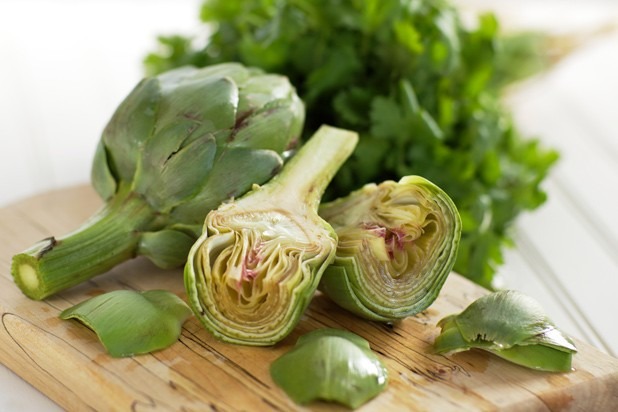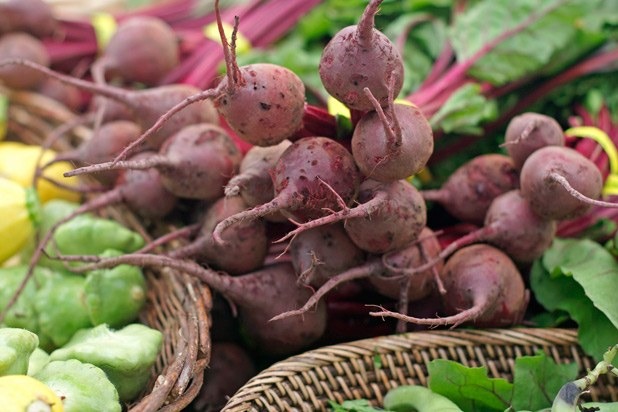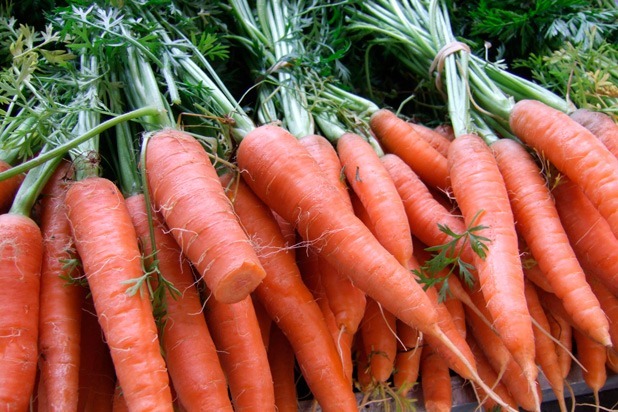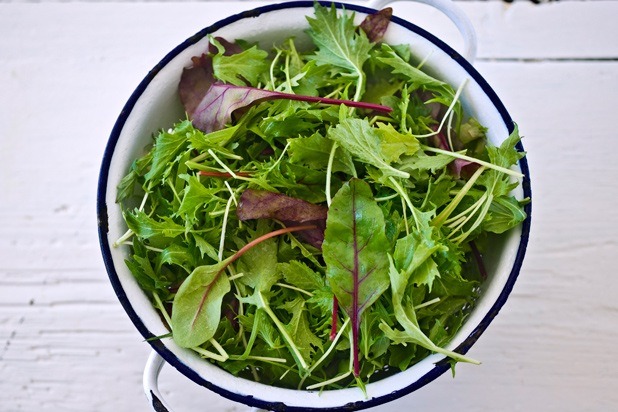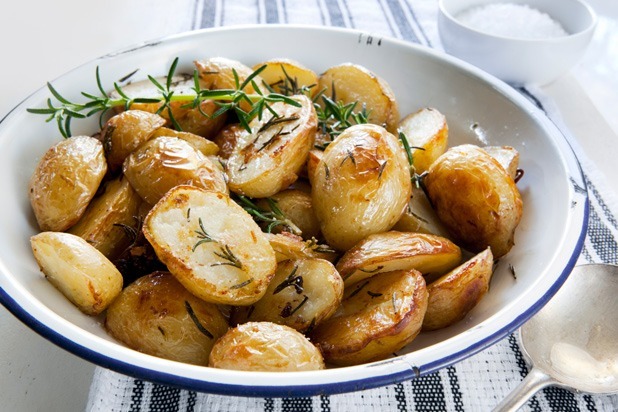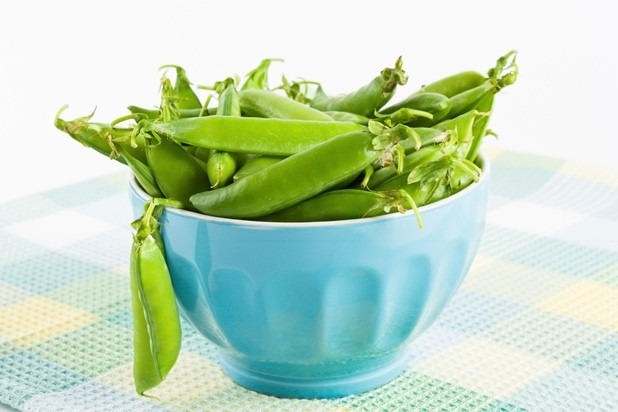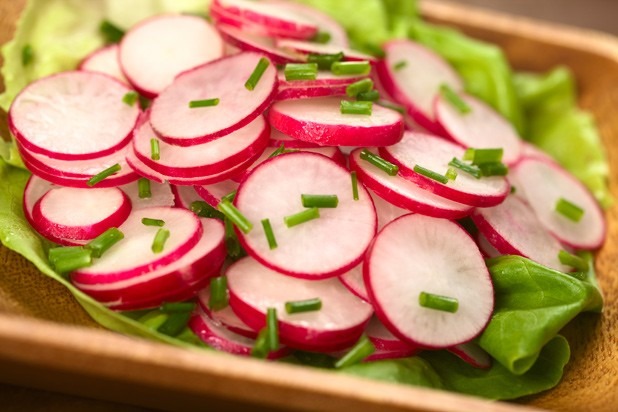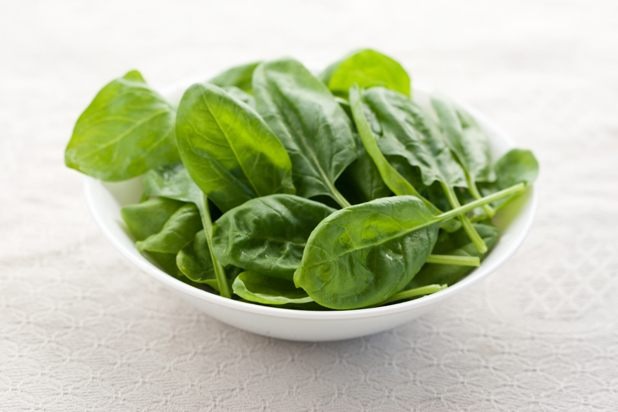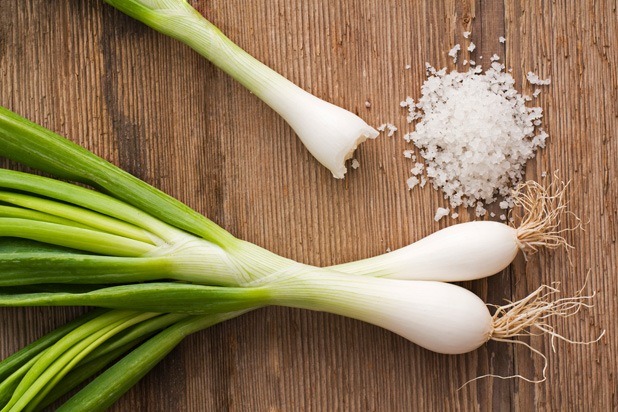The 10 Best Spring Vegetables Slideshow
No longer considered a luxury, asparagus — whether thick or thin — is more widely available than ever, usually going for less than $4 per pound. Eat it grilled or roasted with garlic and salt, or steamed and topped with a poached egg and Parmesan cheese. Either way, asparagus delivers a big dose of vitamin K and folate, and is a delicious treat.
2. Artichokes
Beneath the artichoke's prickly (and inedible) outer thistles is a unique-looking vegetable that has a sweet, nutty-tasting heart and is rich in fiber, potassium, and calcium. Look for an artichoke, which go for about $2 each, with tightly packed, deep green leaves. Either simply steam the whole thing and dip the peeled-off leaves into a vinaigrette, or toss the hearts into garlicky pasta or atop a homemade pizza.
3. Beets
While bulbous versions of the ruby-colored root vegetable are available year-round, look for slender, sweeter versions in the spring, often sold with their edible greens still attached. At $2 to $4 a bunch, they're a bargain, and chock-full of antioxidants. Use roasted, peeled beets to liven up salads or marinate them in red-wine vinegar for a sweet and sour snack that keeps well in the fridge.
4. Carrots
Though they're available year-round, spring is when carrots are at their sweetest and are available in a stunning array of orange, yellow, and even purple-hued versions. Famously high in beta carotene, they're also full of vitamin A, and are a wallet-pleaser, too, with bunches going for around $2 to $5. Try them shaved into a raw vegetable salad with beets and other veggies, or brush them with miso and roast them whole for an Asian-inspired snack.
5. Lettuce
A veritable cornucopia of tender lettuces make their first appearances in the spring: soft, floppy butter lettuce; sharp, peppery mizuna; and crimson-tinted red leaf, which go for around $2 to $4 a head. Grab a few different heads — the darker and greener the leaves, the more beta carotene and vitamin C they have — and serve them in a mixed raw salad with a lemony vinaigrette and a pinch of salt for flavor.
6. Potatoes
Smaller and smoother than their wintertime counterparts, new potatoes are a welcome sign of warmer temperatures. Their skin is high in vitamins A and C, and the low-starch tubers are best showcased when boiled and tossed into simple potato salad with fresh herbs, or roasted with garlic and olive oil. Find them for $2 to $3 a pound.
7. Peas
Snow, sugar snap, and garden peas all come into season in the spring — snow and sugar snap are entirely edible while still raw, while garden peas should be shelled and blanched. All of them should taste sweet and crispy-tender, and they're all high in vitamin K and fiber. Try snow and sugar snap in an Asian stir-fry, and mix garden peas with couscous and a bit of fresh mint for a refreshing light meal. Prices vary according to type, but usually hover around $3 to $5 per pound.
8. Radishes
Spicy and crunchy, radishes are at their most refreshing in the spring, and are available at some farmers markets in striking neon-colored and candy-striped versions. The inexpensive vegetable (about $2 to $4 a bunch) is packed with vitamin C and potassium, and tastes great served raw with a bit of butter of sea salt, or braised with balsamic vinegar and served alongside white meat.
9. Spinach
Get the dark leafy green in the spring, when its leaves are still small and tender. The nutritional powerhouse is packed with vitamins A and K, as well as iron and calcium, and usually sells for $4 to $5 per pound. Make a raw salad with fellow spring favorites like carrots and peas or bake a frittata filled with spinach, mushrooms, and fresh herbs.
10. Spring Onions
True to their name, spring onions are onions that are pulled before they've had the time to mature into the bulbous allium thats sold year-round. Resembling an oversized scallion, spring onions are sold for $4 to $5 a bunch, with their greens attached, and have a milder, sweeter flavor than their fully grown counterparts. Low in calories and high in vitamin A, spring onions do well grilled and eaten whole or caramelized and tossed with fresh pasta and herbs.

